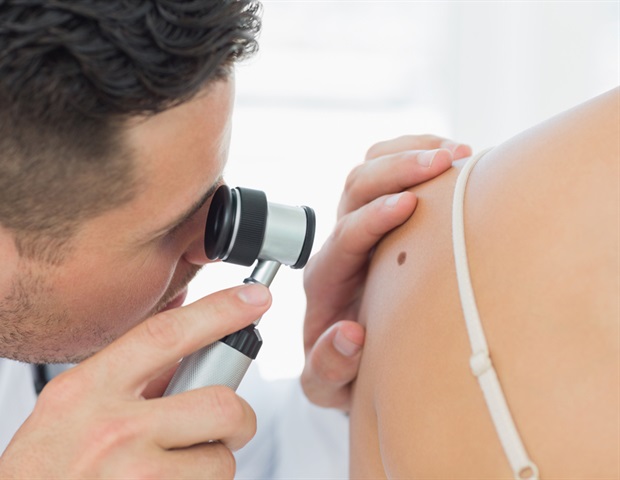
A worldwide wave of infections attributable to fungi rising drug-resistant has the medical neighborhood issuing precautions on the best way to shield your self.
Pores and skin contact with microorganisms present in soil or on exhausting surfaces, akin to frequent bathe amenities, or publicity to contaminated pets, can lead to fungal infections often called dermatomycoses. Rashes, itching, burning and pores and skin irritation are among the many signs.
Epidemiological knowledge revealed in Microbial Cell signifies {that a} rise in extreme fungal infections has resulted in over 150 million circumstances yearly and nearly 1.7 million fatalities globally.
In a current examine revealed in Pathogens and Immunity, Thomas McCormick and Mahmoud Ghannoum, professors of dermatology on the Case Western Reserve College College of Medication and affiliated with College Hospitals Cleveland Medical Middle, clarify how rising antifungal resistance is worsening the issue of invasive fungal infections.
This isn’t simply a difficulty that impacts particular person sufferers. The World Well being Group has acknowledged it as a widespread menace that has the potential to affect complete healthcare techniques if left unchecked.”
Thomas McCormick, Professor of Dermatology, Case Western Reserve College College of Medication
Based mostly on their findings, the researchers issued precautions and a “name to motion” for the medical neighborhood to assist shield individuals from multidrug-resistant fungi-;beginning with consciousness and training.
“Healthcare suppliers should prioritize the usage of diagnostic checks when confronted with an unknown fungal an infection,” Ghannoum mentioned. “Early detection could make all of the distinction in enhancing affected person outcomes.”
Sufferers handled with drugs to guard the immune system after most cancers and transplant procedures are extra weak to fungal infections-;making them particularly extra weak to infections from drug-resistant fungi, the researchers mentioned.
The emergence of multidrug-resistant fungal species, akin to Candida auris and Trichophyton indotineae, is particularly troubling and requires pressing consideration, they reported.
In a examine lately revealed in Rising Infectious Illnesses, Ghannoum’s analysis workforce and the Facilities for Illness Management and Prevention (CDC), detailed a case that demonstrated Trichophyton indotineae, along with changing into drug-resistant, was additionally sexually transmissible.
To deal with the rising well being concern, McCormick and Ghannoum recommend a number of measures:
- Elevated consciousness and training: Elevating consciousness within the normal healthcare setting to acquire a extra correct understanding of the rise of antifungal-resistant infections.
- Diagnostic Testing: Routine use of diagnostic checks can information applicable therapy methods.
- Antifungal Susceptibility Testing (AST): Enhancing insurance coverage reimbursement charges for AST and rising the variety of certified laboratories with the capability to carry out these checks.
- Name to Motion: Addressing the rising problem of antifungal resistance includes concerted efforts from healthcare professionals, researchers, policymakers and the pharmaceutical trade to develop and implement methods for managing and stopping antifungal resistance.
“The last word purpose of those measures,” Ghannoum mentioned, “is to enhance the standard of affected person care by making certain efficient therapy and stopping additional escalation of the issue.”
Supply:
Journal references:
- McCormick, T., & Mahmoud Ghannoum. (2024). Time to Suppose Antifungal Resistance. Pathogens & Immunity. doi.org/10.20411/pai.v8i2.656.
- Spivack S., et al. (2024) Potential sexual transmission of antifungal-resistant Trichophyton indotineae. Rising Infectious Illnesses. doi.org/10.3201/eid3004.240115.


